Images by Jean Cocteau
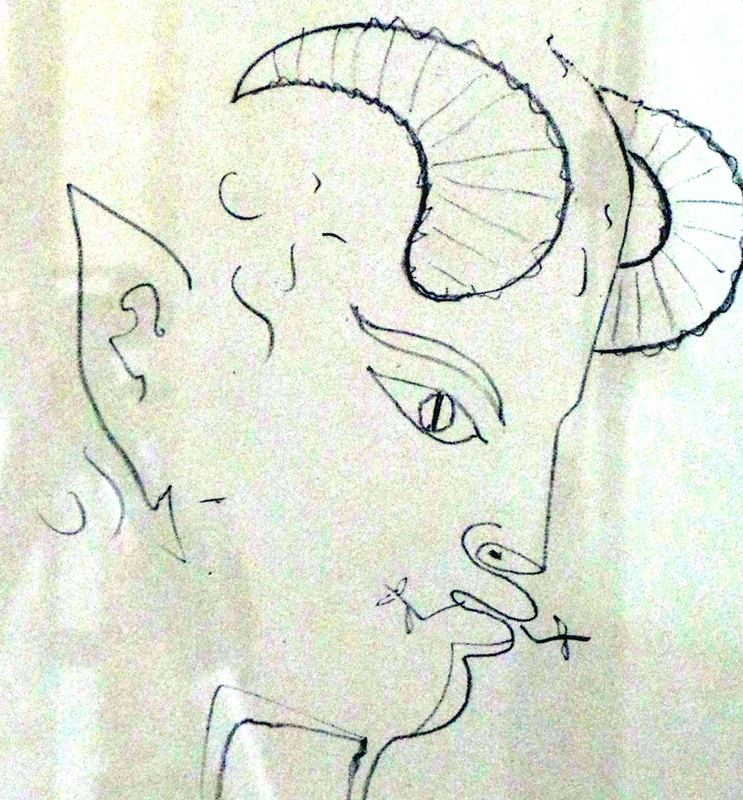
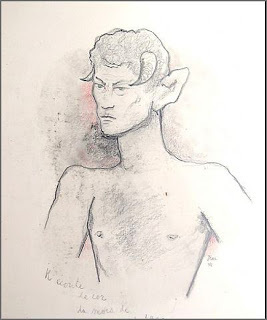
Sketch of Orphée. Bing Images
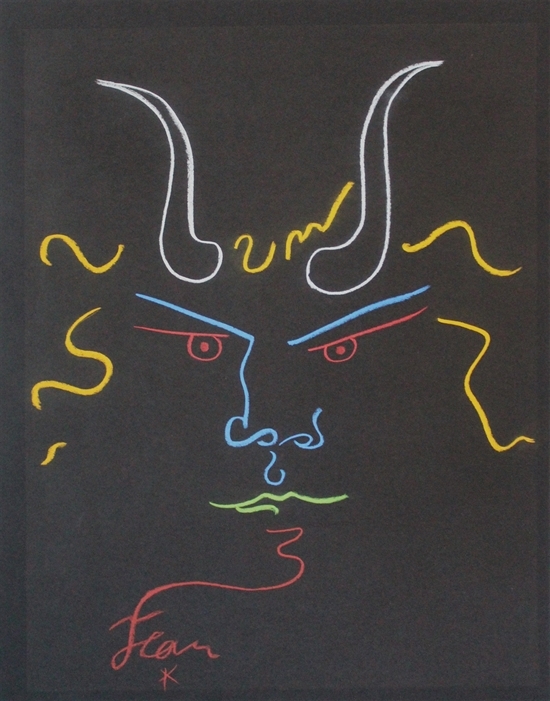
Cocteau's Head of the Minotaur (1961). Pastel. From Artnet.com.
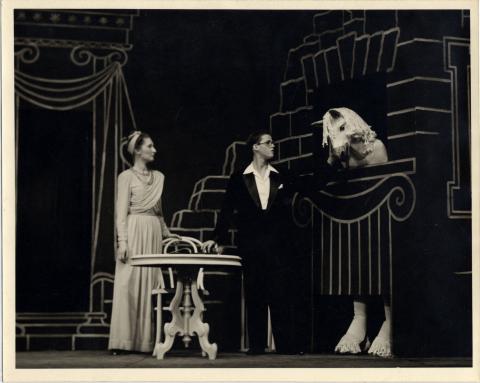
Merrill in Title Role of Cocteau's Orphée (Amherst College, 1945). From James Merrill at Amherst College.
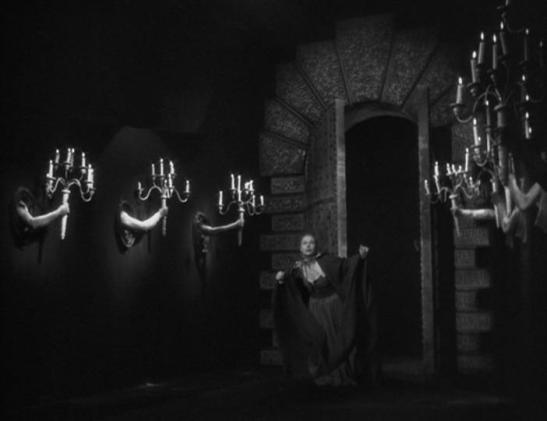
Cocteau's Beauty and the Beast (1946). From La Belle et la Bête Gallery.
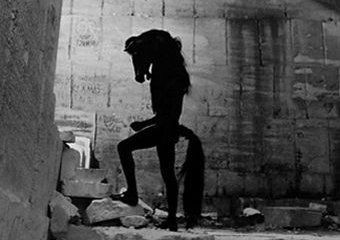
Cocteau, The Testament of Orpheus (1959). From Testament of Orpheus Images.
Merrill's allusion to an "ink sketch by Cocteau" in "Minotaur" may draw on these images.
In Ms. 7 the Minotaur is "haunting as / An ink sketch by Cocteau," and in 8 "beautiful as / An ink sketch by Cocteau."
His father's terrible head
laid aside uncovers
an ink sketch by Cocteau
The earlobe's cunning nugget
Colors of Crete Sun washing
black locks blood-red
Merrill's fascination with Jean Cocteau dates at least from his acting in the title role in Cocteau’s play Orphée i(1925) in a student production at Amherst College in 1945. Earlier, in prep school, he published his poem "Orpheus" in the Lawrenceville Literary Magazine (Dec. 1942). In Life and Art, Hammer states that when Merrill left for Europe in 1950, he "pictured himself as Orpheus at the moment when— he’d just seen the film version of Cocteau’s Orphée (1949)— the poet 'penetrates the Mirror, fearfully, his feet dragging, to find the land where everything is clear'” (p. 117).
Cocteau's allusions to the Minotaur appear in the Beast of his film Beauty and the Beast (1946), as well as the horse-headed figures in the play Orphée and the films Orpheus and The Testament of Orpheus. Labyrinth imagery pervades his work.
